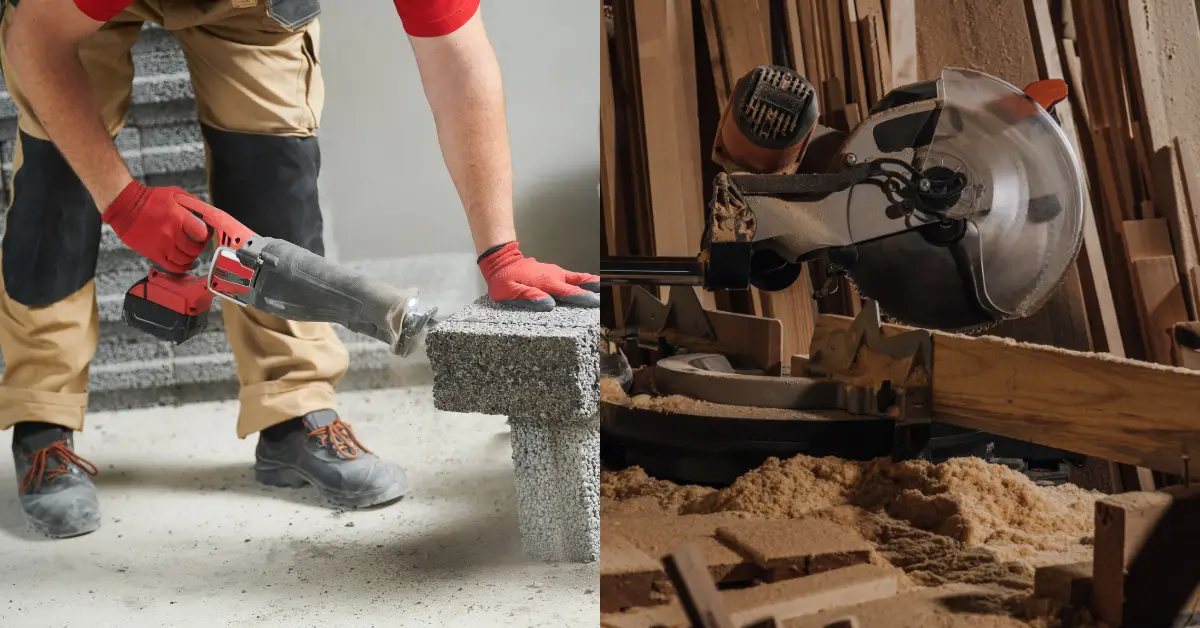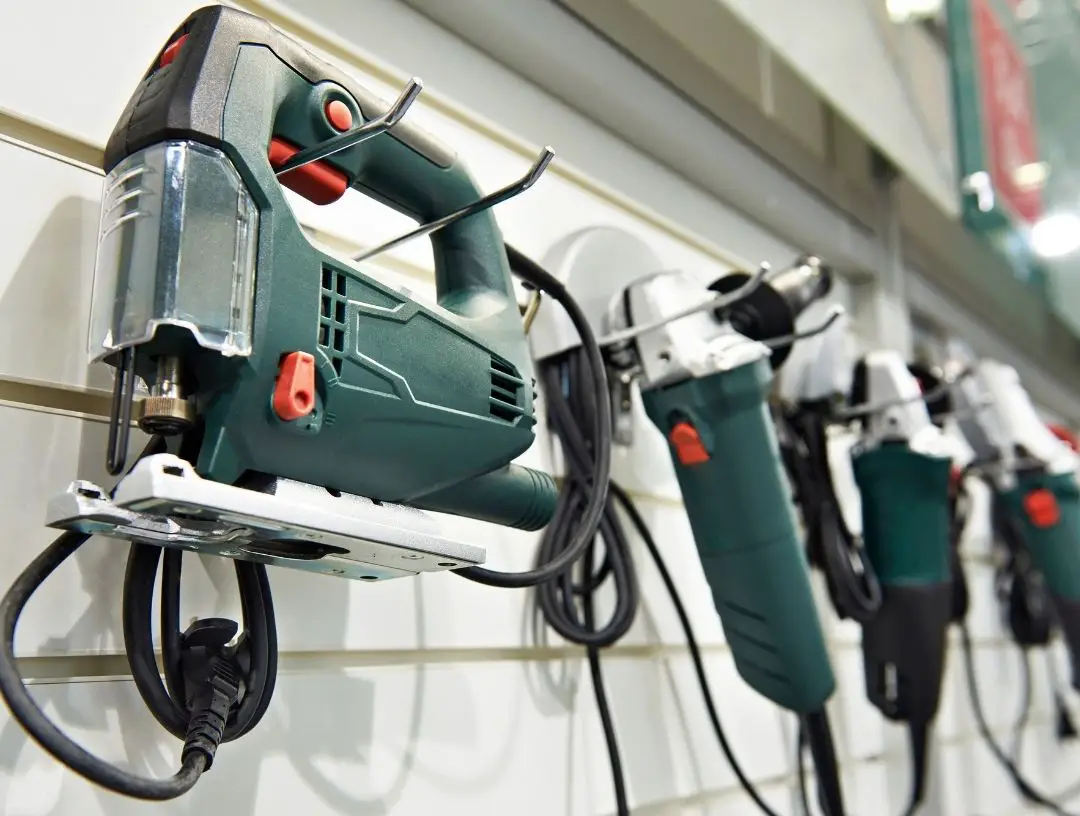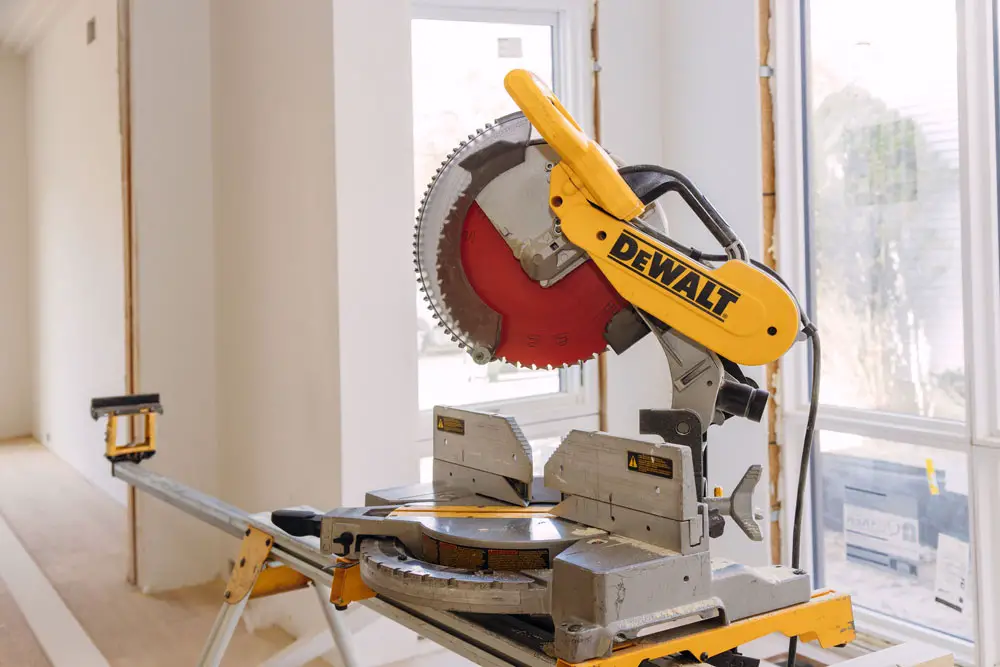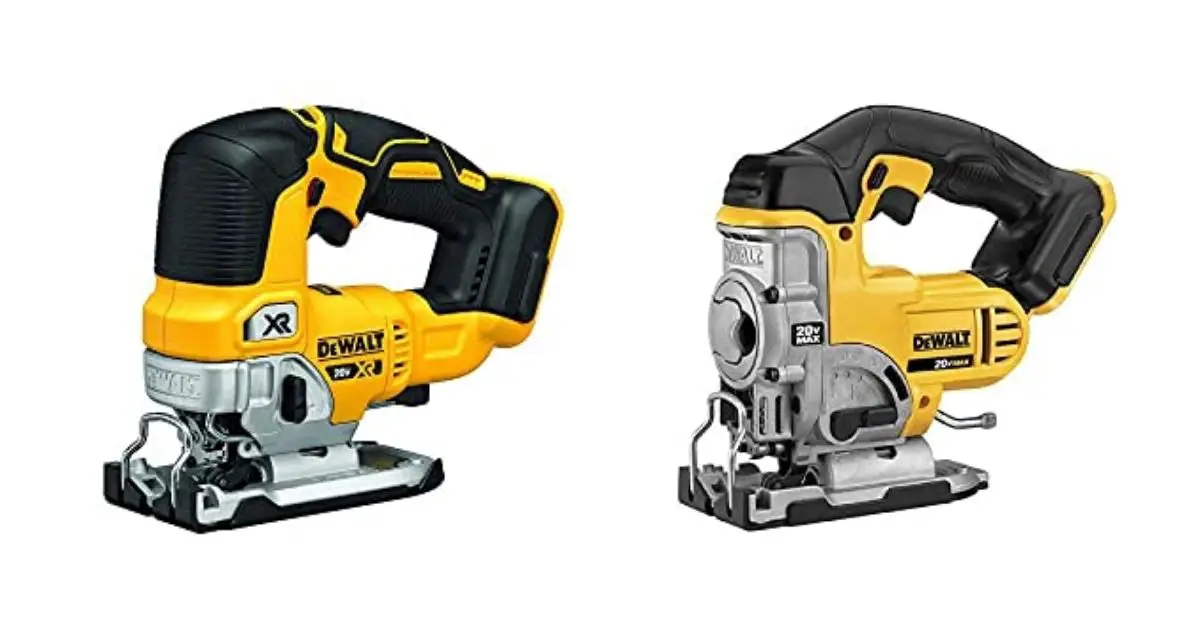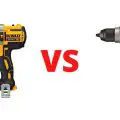Power Tools
Circular Saw vs Reciprocating Saw
If you've at some point bought a power saw, you understand how frustrating it can be since the market is filled with a wide range of confusing products.
What`s more, if you're a beginner and don't have any experience in woodwork and associated power tools, choosing the right saw will be even more confusing. Nevertheless, you might notice the prevalent competition between circular saws and reciprocating saws.
Now, in this write-up, we'll cover all the different aspects of these saws to make it easier for you to choose.
Let's get started!
Reciprocating saw
Also referred to as a "recip saw," a reciprocating saw is a tool engineered to cut through various materials utilizing a fastback & forth countering motion.
To achieve this, a reciprocating saw uses a narrow blade that's usually saw-toothed on one side. Typically, the blades come in different designs enhanced for cutting through masonry materials, metal, wood, and so much more.
Furthermore, this saw's build is lengthened. At the rear end, you will see a trigger and grip. All the same, the exterior blade is located at the opposite end. For enhanced stability and support, you simply have to position your hand behind the chuck.
Circular saw
As the name suggests, this is a powerful tool whose primary form factor is spherical. That being said, this is a powerful tool that uses a circular blade to cut through a wide array of materials effectively.
When working, this power tool's blade revolves at increased speed, letting it make rip, cross, and plunge cuts quite easily. Usually, these cuts are smooth.
When it comes to user control, this saw has two handles. Typically, you have to position one hand on the support handle situated close to the top and the other hand on another support placed close to the back, where the ignition key is located.
Lastly, circular saws have a hood at the blade housing's top to hinder dust and debris from being aimed at the user.
Circular saw vs. reciprocating saw
Blade
The most prevalent difference between these two saws is their blades. The reciprocating and circular saws have blades with different shapes, translating to various functions. For example, a reciprocating saw features a knife-shaped blade, and on the other hand, a circular saw features a circular blade offering it a disc shape.
This difference is distinct, making it easily noticeable.
Cutting capacity
Circular and reciprocating saws have different cutting styles thanks to their different blades. This as well impacts their cutting capacity and volume.
For instance, when you utilize a reciprocating saw for cutting a timber plank, it will be swift though it will also leave rugged edges. However, using a circular saw in the same situation will take a bit longer and leave neat edges.
Precision
Due to the difference in blade shapes, power means, and forms, these power tools vary in precision and working versatility.
Typically, a reciprocating saw is designed to deal with rugged cutting and in projects where fineness is not an issue. On the other hand, a circular saw is most suitable for fine woodwork.
Build
In terms of forms for both saws, the difference is quite prevalent. A reciprocating saw is longer and looks more like a riffle, whereas a circular saw is spherical. Moreover, you need to hold both of them with two hands, though the posture is different.
Price
Considering circular and reciprocating saws have different forms and functions, it only makes sense that they have different prices. A reciprocating saw is somewhat affordable than a circular saw.
Usually, a reciprocating saw costs half the price of a circular saw. This is because circular saws offer smoother cuttings than reciprocating saws. A reciprocating saw is typically used to deconstruct and demolish, whereas a circular saw is perfect for neat woodwork.
These two saws are user-friendly; a circular saw is easy to use and doesn't bounce back as often as a reciprocating saw. Thus, in this aspect, the former is better than the latter. For this reason, it will serve DIY woodworkers better.
Reciprocating saw summary
This saw utilizes a push-and-pull movement to cut through different materials. It features a knife-like blade serrated on one side. You can effortlessly cut through plastic, wood, or metal. Plus, you require both hands to hold it, and the dual grip offers additional stability.
Reciprocating saws cannot maneuver angled cuts. When operating them, they vibrate a lot, leading to unpredictable results. Besides, they can cut through a wide variety of materials, though they leave behind rough edges. This would mean putting in additional effort to achieve a neat texture from the cut.
Circular saw summary
If you're looking to make clean and accurate cuts, then you probably need a circular saw. The spherical blade has many teeth coated with diamonds or carbide, making it capable of slicing metals sheets, wood, and dense granite.
You can make several cuts with this saw, including plunge, cross, and rips cuts, relatively quickly. Besides, you can make great angled cuts with it. What's more, it is easy to carry and use.
They also come in a wide array of makes, such as corded, cordless, gas, and battery-powered. Plus, if you place it upside down on a table, you can utilize it as a table saw.
Why You Should Trust Us
At Woodworking Tool Guide, we know one size doesn't fit all! We cater to every woodworker, from beginner to pro, with insights and recommendations tailored to your skill level, project needs, and budget. We take the guesswork out of choosing the right tools, whether you're tackling your first crafting a masterpiece for the ages. So grab your chisel, join our community, and let's build something amazing together!
Woodworking Tool Guide wasn't just born, it sprouted from a seed of passion for the craft. What started as a joyful exploration blossomed into a trusted online haven for fellow enthusiasts like you. We pour our love into meticulously chosen review selections, meticulous hands-on testing, and lab-backed insights, all to empower you with reliable, comprehensive information you can build on. So, grab your tools, trust our guidance, and let's build something beautiful together!
Passion-Driven Expertise
Our journey started with a shared love for woodworking. The team behind the Woodworking Tool Guide is comprised of individuals who are not just writers but passionate woodworkers themselves. This shared enthusiasm ensures that our content is crafted with a deep understanding of the craft and an authentic appreciation for quality tools.
Top Tool Guides Online
Woodworking Tool Guide has rapidly ascended to become one of the premier online destinations for tool guidance. Our commitment to excellence and the accuracy of our information has positioned us as a reliable source for both beginners and seasoned woodworkers seeking trustworthy advice on the best tools for their projects.
User-Centric Approach
Our content caters to every woodworker, from rookies just starting out to seasoned pros tackling intricate projects. We tailor our insights and recommendations to your skill level, project needs, and budget, ensuring you find the perfect tools to match your unique woodworking journey. So step into your workshop, grab your tool belt, and let Woodworking Tool Guide be your trusted companion as you craft your masterpieces.
Continuous Support and Innovation
Woodworking is an ever-evolving craft, and so is our commitment to supporting you. We are dedicated to bringing you the latest information on woodworking tools, techniques, and trends. Our team is actively working to expand our content and bring you more valuable insights, ensuring that you stay well-informed in your woodworking adventure.
Hands-On Experience
Ditch the endless research rabbit hole! At Woodworking Tool Guide, we believe in actionable advice, not armchair analysis. We get our hands dirty, putting every tool through its paces in real-world woodworking scenarios. Whether it's the precision of a table saw, the versatility of a router, or the tactile satisfaction of a handplane, we test for performance, durability, and user-friendliness. No more sifting through dry specs – we deliver practical insights you can trust to transform your woodworking dreams into reality.
Woodworking Tool Guide isn't just a review site, it's your trusted companion on the sawdust-filled path to woodworking mastery. Our expert team, led by veteran David Jones, meticulously tests and explains tools in terms you understand. We cut through the jargon, bias, and confusion with real-world insights and honest evaluations. Join our passionate community, where decades of experience, cutting-edge knowledge, and shared love for the craft come together to guide you every step of the way. So grab your chisel, buckle up, and let's embark on this exciting woodworking adventure, together!
Conclusion
The circular saw is the ideal choice thanks to its versatility, portability, and ability to make smooth cuts relatively easily. On the other hand, a reciprocating saw is best suited for demolishing and deconstructing, where no smooth edges are required.
Your decision comes down to your project's needs and budget. The reciprocating saw is better if you don't require smooth edges and are on a budget. On the other hand, if you don't mind spending a lot of money, you can buy both, as they serve different purposes.
So, whether you're searching for a circular or reciprocating saw depends on your budget, needs, and preferences. It would be best to purchase both, but if you can only afford one, go for the circular saw as it is highly versatile and will create smoother cuts more effortlessly than a reciprocating saw.
Hopefully, this guide has been helpful in helping you choose the right saw.
Sources
https://toolshaven.com/reciprocating-saw-vs-circular-saw/
https://handymansworld.net/reciprocating-vs-circular-saw/
https://www.sgs-engineering.com/help-advice/choose-right-power-saw/
https://www.palletlist.com/pallet-ideas/reciprocating-saw-vs-circular-saw/
https://www.tomboytools.com/reciprocating-saw-vs-circular-saw/

